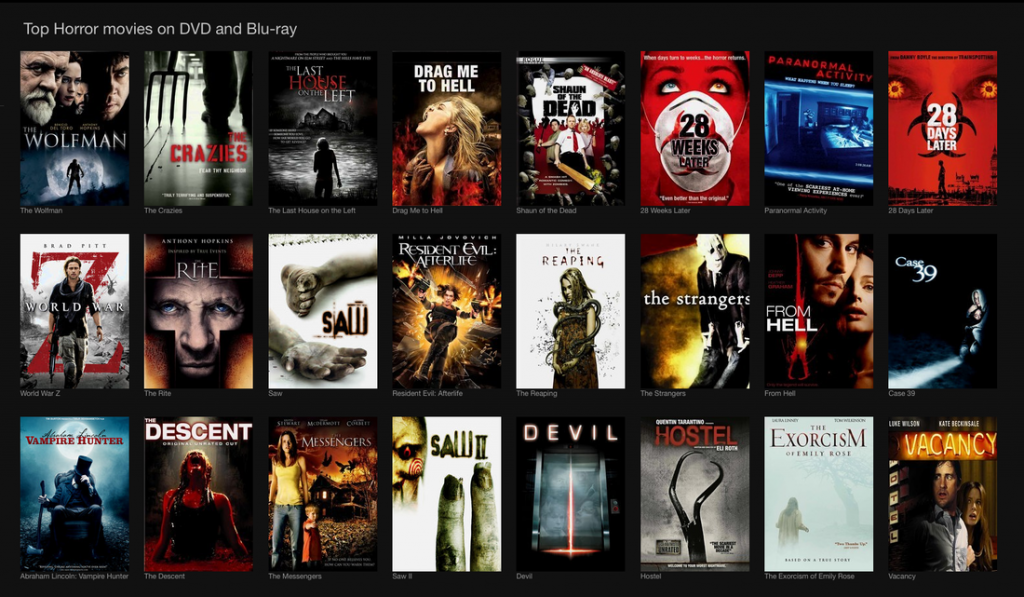
Despite more than a century of horror film production and pleasure, little study has been done to understand why people watch fictitious horror films and how horror films affect people’s behavioral, cognitive, and emotional reactions to the films they watch. Using multidisciplinary research from psychology, psychotherapy, communication studies, development studies, clinical psychology, and media studies, this study presents the first comprehensive synthesis of the empirical literature on horror film psychology.
People’s decisions to watch horror films are examined in this paper, as are the reasons for their enjoyment of horror films, how individual differences influence responses to and preference for horror films, how exposure to horror films changes behavior, how horror films are designed to achieve their effects, why we fear and why we fear specific classes of stimuli, and how liking for horror develops during childhood and adolescence.
So it is necessary to give out the pay review for people in helping them to choose the best horror movies. So in such a case, SabiPictures.com strives to choose the best horror movies of all time and provide the review. Our reviews are in such a way that people who are craze about horror movies have an easy method to figure out their needs and spice their taste to movies. Here are the reasons why people love horror movies
(1) low empathy and fearfulness are associated with greater enjoyment and desire to watch horror films, but that specific dimensions of empathy are better predictors of people’s responses than other dimensions of empathy;
(2) there is a positive relationship between sensation-seeking and horror enjoyment/preference, but this relationship is not consistent;
(3) there is a positive relationship between sensation-seeking and horror enjoyment/preference, but this relationship is not consistent;
(4) there is a positive relationship between sensation-seeking and horror enjoyment Men and boys are more likely than women and girls to watch, enjoy, and seek out horror than women and girls; women are more sensitive to disgust than men, and this may mediate the sex difference in the enjoyment of horror;
(5) younger children are afraid of symbolic stimuli, whereas older children become afraid of concrete or realistic stimuli; and
(6) physical coping strategies are more successful in younger children; priming with fear is more successful in older children.

It is determined that there are many limitations in the literature, including the wide variety of horror stimuli employed in studies, inequalities in methodologies, small sample numbers, and a lack of study on cross-cultural variances and similarities. Ideas for future research are considered and discussed.
Sensation Seeking Individuals
The need for feeling is the attribute that has been examined the most in the field of terror study. “Sensation seeking,” according to Zuckerman (1994), is defined as the “seeking of diverse, innovative, complicated, and powerful sensations and experiences, as well as the readiness to accept physical, social, legal, and financial risks to get such experiences.”
The findings of a meta-analysis of research studying the pleasure derived from mediated fear and violence indicated that sympathetic concern and personal anguish were inversely connected with enjoyment, but that the associations for personal distress were not consistent.
